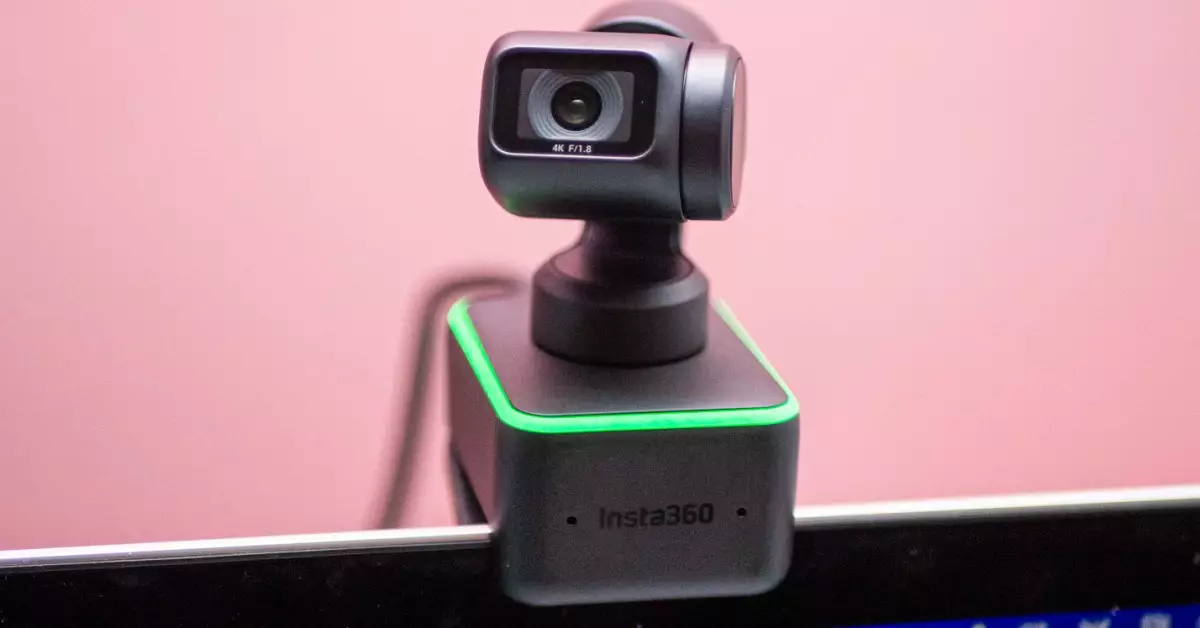As technology continues to advance, the world of gaming consoles is also evolving. A prime example of this is the recently launched Nintendo Switch 2, which promises to elevate gaming experiences through enhanced visuals and interactive features. However, a major oversight in its release has left consumers scratching their heads and frustrated: the ambiguity surrounding compatible webcam accessories. Manufacturers have yet to confirm which webcams are compatible, leading many unsuspecting gamers to purchase dysfunctional hardware. This raises a more pressing question: How did such a glaring issue slip through the cracks in a highly anticipated console launch?
Nintendo’s Misleading Claims
At first glance, Nintendo’s announcement suggested an inclusive and user-friendly approach to webcam functionality. The promise that gamers could use “any compatible USB-C camera” seemed welcoming, especially in a landscape where embracing third-party accessories is increasingly standard. However, upon testing, many popular webcams are proving to be wildly incompatible. For instance, if a user reaches for a top-rated Logitech Brio 4K or an Elgato Facecam MK.2, disappointment awaits. Contrary to expectations, older models like the Logitech C920 work seamlessly, raising eyebrows and fueling the narrative that Nintendo’s compatibility motivation may be more self-serving than consumer-friendly.
It appears Nintendo’s wording was potentially misleading. The actual implication seems to be that only cameras designed specifically for the Switch 2 are truly “compatible,” undermining the promise of versatility that they initially communicated. This inconsistency not only leaves consumers disgruntled but also compels passionate gamers to question the reliability of the company that has been a cornerstone in the gaming industry.
The Silent Manufacturers
Adding salt to the wounds, major webcam manufacturers have been uncharacteristically mum regarding the compatibility issue. When approached for clarity about which of their products would work with the new console, many brands—Logitech, Razer, and Elgato among them—have yet to provide any meaningful feedback or lists of compatible models. This silence is alarming, especially in a fast-paced tech environment where consumer satisfaction hinges on clear communication.
One can’t help but wonder what internal discussions are occurring within these corporations. Are they conducting their own tests and gathering data on this concern? Or are they simply waiting for the dust to settle before making a statement? Regardless, this lack of transparency diminishes consumer trust and casts an ominous cloud over their future compatibility commitments.
Gamers as Inadvertent Innovators
With the absence of official lists from either Nintendo or webcam manufacturers, the ball is left in the court of gamers and tech enthusiasts to compile information on working webcams. This responsibility, though burdensome, could foster a sense of community as players band together to navigate this hiccup. Online forums—such as Reddit—are already buzzing with shared user experiences, leaning on collective insights to form a working list of tested models that function seamlessly with the Switch 2. A somewhat unexpected outcome is that gamers may find themselves becoming the pioneers in identifying interoperability and fostering engagement where the corporations have failed.
However, one must question the sustainability of this user-driven model. Crowdsourcing compatibility lists may work in the short term, but the expectation of users to take on this task feels quite misguided. Gamers should be able to rely on the companies that manufacture the hardware to take the lead, ensuring that their products are genuinely compatible as advertised.
A Call for Accountability
As the spectrum of consumer technology expands, with companies like Nintendo positioned as leaders in the gaming arena, consumer accountability must remain a vital component of their marketing strategies. Transparency in product compatibility, especially concerning third-party peripherals, is not just a nice-to-have; it needs to be a demand from a calculating audience that expects loyalty from renowned brands.
In an industry rife with competition, companies that fail to provide clear-cut compatibility information do so at their peril. The divide between industry giants and the gaming community needs to be bridged with reliable communication channels, ensuring that any product marketing claims are grounded in reality. As the issues with the Switch 2’s webcam compatibility unfold, it’s a crucial moment for both Nintendo and webcam manufacturers to rethink their approach, innovate within their ecosystems, and prioritize user experience above all else.


Leave a Reply